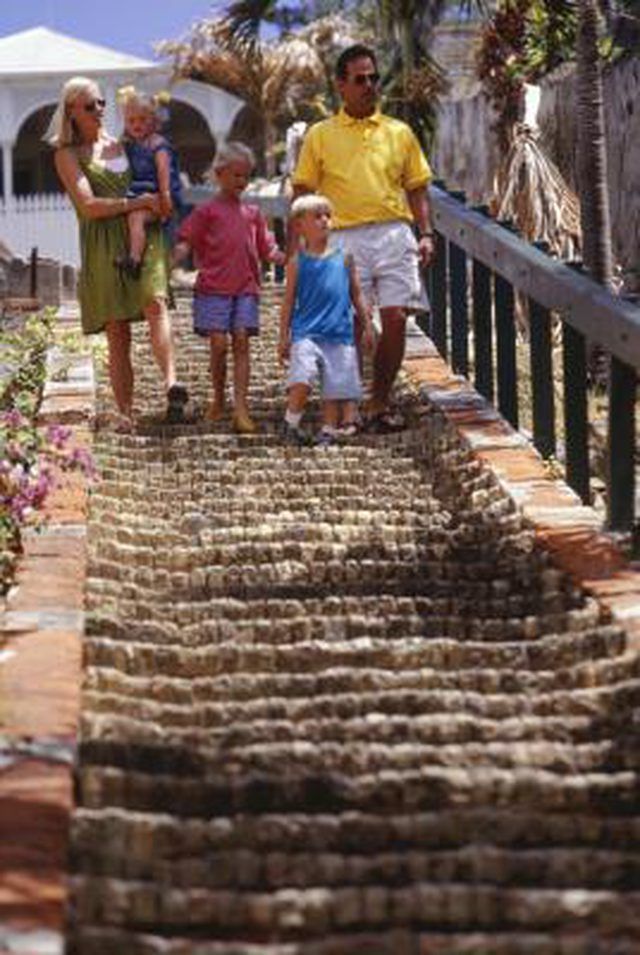Bulbs
Flower Basics
Flower Beds & Specialty Gardens
Flower Garden
Garden Furniture
Garden Gnomes
Garden Seeds
Garden Sheds
Garden Statues
Garden Tools & Supplies
Gardening Basics
Green & Organic
Groundcovers & Vines
Growing Annuals
Growing Basil
Growing Beans
Growing Berries
Growing Blueberries
Growing Cactus
Growing Corn
Growing Cotton
Growing Edibles
Growing Flowers
Growing Garlic
Growing Grapes
Growing Grass
Growing Herbs
Growing Jasmine
Growing Mint
Growing Mushrooms
Orchids
Growing Peanuts
Growing Perennials
Growing Plants
Growing Rosemary
Growing Roses
Growing Strawberries
Growing Sunflowers
Growing Thyme
Growing Tomatoes
Growing Tulips
Growing Vegetables
Herb Basics
Herb Garden
Indoor Growing
Landscaping Basics
Landscaping Patios
Landscaping Plants
Landscaping Shrubs
Landscaping Trees
Landscaping Walks & Pathways
Lawn Basics
Lawn Maintenance
Lawn Mowers
Lawn Ornaments
Lawn Planting
Lawn Tools
Outdoor Growing
Overall Landscape Planning
Pests, Weeds & Problems
Plant Basics
Rock Garden
Rose Garden
Shrubs
Soil
Specialty Gardens
Trees
Vegetable Garden
Yard Maintenance
How to Build Brick Steps Into a Hillside
How to Build Brick Steps Into a Hillside. A slope or hill can be an attractive element in a lawn or garden, adding visual interest and affording different planting locations. A hillside also can be awkward, requiring extra effort to climb up and down. A solution is to build steps. There are many options for steps in a hillside. You can use large...

A slope or hill can be an attractive element in a lawn or garden, adding visual interest and affording different planting locations. A hillside also can be awkward, requiring extra effort to climb up and down. A solution is to build steps. There are many options for steps in a hillside. You can use large flagstones or limestone slabs as individual steps, form steps of natural or quarried rock set in sand or mortar or you can build more formal steps with bricks. The basic step construction is similar for all materials.
Things You'll Need
Stake
Tall pole
Mason's twine
Line level
Tape measure
Border stakes
Spade
Temporary wood or plastic border
Medium gravel
Hand tamper
Sand
Bricks
Level
Rubber mallet
Polymeric sand
Broom
Lay out the basic line for the steps, straight down the hillside or curved. Put a stake at the top of the hill and a tall pole at the bottom. Stretch a line between those two and level it with a line level. Measure at the bottom from the ground to the line with a tape measure and measure the length of the steps to calculate the rise in inches per foot; if the vertical distance is 5 feet and the length is 20 feet, the rise is 4 inches per foot.
Design the steps to fit the rise and length. Make treads at least 9 inches deep and risers on each step between 7 and 9 inches tall. Include a landing or extra wide tread partway down or at every bend if the steps change direction. Plan treads and risers around the dimensions of bricks, roughly 2-by-4-by-8-inches; vertical bricks with horizontal bricks on top make good risers.
Mark the width of the steps with stakes and mason's twine on both sides. Set stakes at every riser location. Make steps about 36 inches wide in most cases. Excavate the step area with a spade; basically, dig steps in the dirt about 6 inches deeper than the planned finish level of the steps.
Put a temporary plastic or wood barrier along each side of each tread and across the width at every riser point. Lay 2 inches of medium gravel in each tread location and compact it solidly with a hand tamper. Add 2 inches of sand on top of the gravel and compact it.
Start at the bottom placing bricks. Lay them in the sand between the barriers and level them with a level. Tap them with a rubber mallet to level them. Place the first risers with the bottoms of the bricks behind the tread bricks below them. Add tread and riser bricks to the top. Remove the temporary barriers as you replace them with bricks.
Sweep sand into the joints between bricks with a broom. Use polymeric sand, which will harden when dampened. Let the sand settle and sweep more sand in until the joints are sealed completely. Test the steps and adjust any that are uneven, loose or wobbly.
Tips & Warnings
Lay concrete instead of sand if desired and set the bricks into that base, then fill the joints with dry brick mortar; sprinkle it with a garden hose to solidify the mortar.